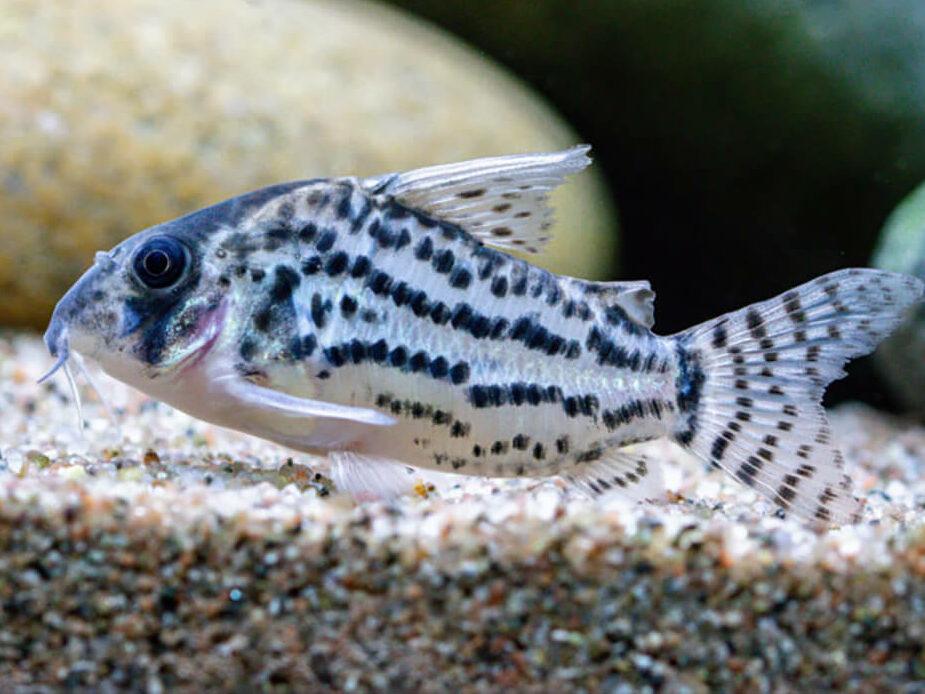What tropical fish lay eggs on the glass?
If you find some eggs on the glass one day you may be wondering where they came from. If you have any Corydoras catfish in the tank, it's probably from them, as they frequently lay clusters of large eggs on aquarium glass. They don’t look after them though, so if you don’t remove the other fish from the tank they will probably be eaten.
Another catfish which lays eggs on the glass in plain sight is the Royal whiptail catfish, Sturisoma aureum, although this time the fish stays with the eggs. Be careful when algae wiping the glass in whiptail tanks, as if there’s a fish on the glass, it may have eggs next to it. If the tank is heavily planted however the eggs of both species may hatch and some fry survive. The large fry will get by on biofilm, algae and detritus, and the first thing some people discover is not eggs but extra fish.
Angelfish and Discus will lay eggs on tank glass if nothing else is available. Both species prefer vertical spawning sites, which in the wild might be tree trunks or plants. If the tank is bare or the parents are new and haven’t bred before, they may start on the tank glass, but there shouldn’t be surprises as to whose they are as the parents will stay with them and chase other fish away.
Snail eggs on tank glass
The most common culprits for eggs however are snails, which can appear all over the glass in jelly-like blobs. A few small tadpole snails here and there can be good for an aquarium, but if you have more than twenty, or even more than 100, its a sure sign of overfeeding and the snail population will explode to take advantage of the free feed.
Very rarely the eggs may be from parasitic fish lice called Argulus. They lay streaks of small white eggs and sometimes infest tanks containing fancy goldfish. If you can see the large disc-shaped adults crawling over the goldfish, you’ll need to treat the fish with the appropriate treatment, as well as removing decor and gravel, and scraping off and siphoning out the eggs that were on the glass.









